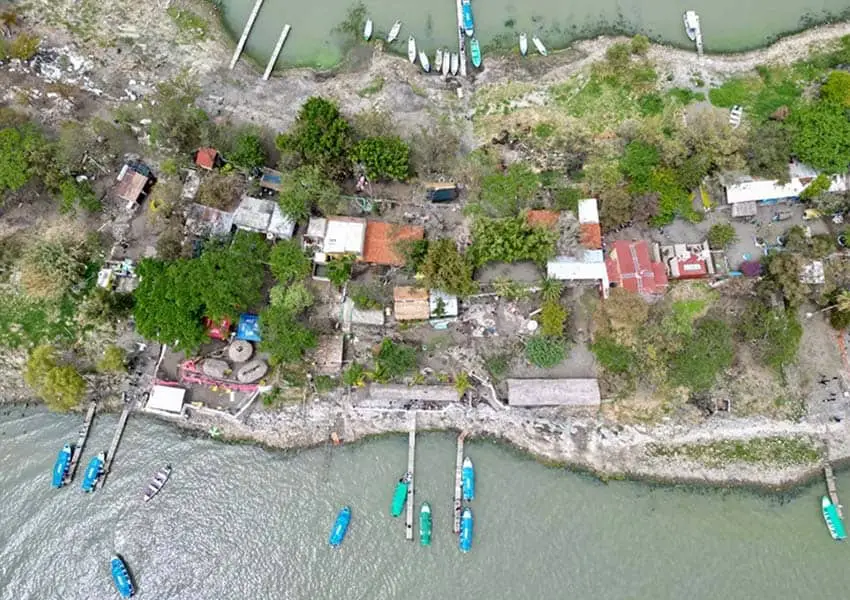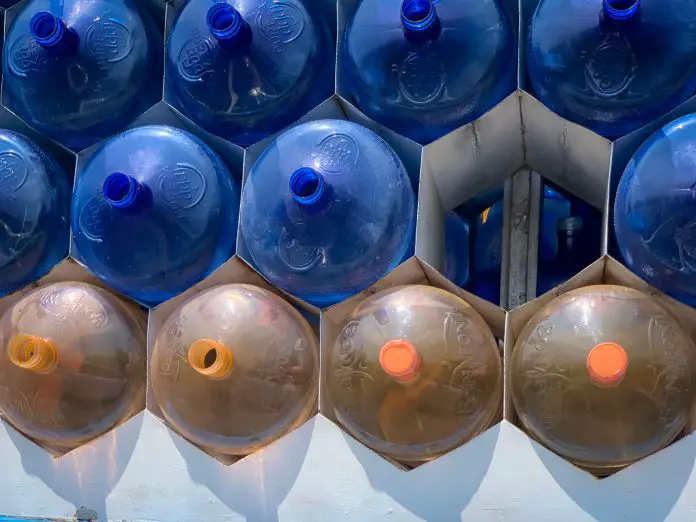Water shortages will continue to affect residents in several areas of Guadalajara, Jalisco, until at least Wednesday night, according to a statement by the Intermunicipal Drinking Water and Sewage Services System (SIAPA).
According to news outlet ADN40, at least 20 neighborhoods were experiencing water shortages Tuesday morning.
Anoche en el sistema de bombeo de agua de Chapala a Guadalajara, tronó el cuarto transformador en tres días. Algo muy raro y muy grave está pasando con el sistema eléctrico nacional.
Nuestros equipos están trabajando día y noche para atender este problema y ya quedó reparado el… pic.twitter.com/tyqVFlu06d
— Enrique Alfaro (@EnriqueAlfaroR) May 12, 2024
On the social media platform X on Sunday, Jalisco Governor Enrique Alfaro explained Guadalajara’s lack of water on electrical failures in the system that pumps water from Lake Chapala to the city. He blamed them on problems last week with the national power grid.
On Monday, the SIAPA announced that water had been restored to over 80% of the Guadalajara metro area (ZMG) and that service in all locations would be gradually restored throughout Tuesday and Wednesday night.
According to authorities, the water shortages came after failures in the electrical system at the Chapala-Guadalajara pumping plant, caused by the nationwide power outages recorded during last week’s scorching heat wave.
SIAPA has warned residents of a fake image with the agency’s logo circulating on social media which claims that water supply will not be restored until May 17 and 18. SIAPA urged residents to consult only official social media accounts for updated and accurate information.
Water contamination blamed on aquifer overexploitation
In addition to water shortages, some residents have been affected by water contamination.
In Toluquilla, a neighborhood south of Guadalajara, the local newspaper El Informador reported that what little water is available to residents is contaminated. In March, residents of Tlaquepaque also reported “oily and brown” water.
Carlos Hernández Solís, member of the Jalisco Water Advisory Council (CEA), a local NGO, said that the poor water quality is due to the overexploitation of aquifers.

“When the water levels drop, old water, which contains other types of substances, is taken for supply,” Hernández told El Informador. “For example, the Toluquilla Aquifer [contains] lead and may also have heavy metals and arsenic.”
The Toluquilla Aquifer extends through Zapopan, Tlaquepaque, El Salto, Tonalá and Tlajomulco, municipalities all located within 30 kilometers of Guadalajara.
According to the Metropolitan Planning Institute (Imeplan), which oversees municipal development in the ZMG, 26 of every 100 liters of water consumed in the area comes from underground aquifers such as the one in Toluquilla. The aquifers are overexploited by SIAPA, municipalities, private companies and the agroindustrial sector.
In a report published in November 2023, the National Water Commission (Conagua) said that the SIAPA-managed Toluquilla Aquifer is the most affected by overexploitation, with a deficit of 75.6 million cubic meters of water per year.
In 2022, an audit of Conagua by the Federal Auditor’s Office (ASF) reported that the Lerma Santiago Pacífico Hydrological-Administrative Region, which includes the state of Jalisco, has one of the highest proportions of overexploited aquifers in the entire country, with 24.2% of its aquifers overexploited.
Although Lake Chapala continues to be Guadalajara’s largest water source, accounting for 60%–65% of the city’s water supply, local aquifers have become increasingly important, as they provide 30%–35% of the water that reaches the city.
The ASF’s audit also revealed that out of 653 aquifers in the Lerma Santiago Pacifico region, 275 (42.1 percent) have a water availability deficit. Among the aquifers with a deficit, 111 (40.4 percent) are overexploited.
In addition, Lake Chapala itself appears to be struggling with its contamination problems. In Feburary, one of the European Space Agency’s Copernicus Sentinel-2 satellites caught images of the lake showing evidence of algal bloom along the coasts of San Juan Cosalá and Ajijic, which the agency says is due to lower water levels in Lake Chapala combined with high temperatures causing an excess of nutrients and a proliferation of microscopic algae
With the aim of addressing Guadalajara’s growing water shortage problems, President Andrés Manuel López Obrador inaugurated the El Salto-La Red-Calderón Aqueduct in February, the first of a network of aqueducts that will carry water from the El Zapotillo dam to the ZMG, and which will eventually supply Guadalajara with up to 3,000 liters of water per second, an additional 1,000 liters per second than currently, according to López Obrador.
According to authorities, the new aqueduct will serve 1 million residents.
With reports from El Informador, ADN40 and Reporte Índigo
